For decades, the rivalry between American automakers and their international counterparts has sparked fierce debates among enthusiasts, critics, and car buyers alike.
From muscle-bound legends tearing up straightaways in Detroit to finely-tuned German engineering weaving through Autobahns, the global automotive stage is as competitive as it is diverse.
American manufacturers like Ford, Chevrolet, and Dodge have long been celebrated for their raw power, aggressive styling, and deep-rooted heritage in muscle and pickup segments.
Meanwhile, imports from Europe and Asia—think BMW, Toyota, Honda, and Mercedes-Benz—have made names for themselves with refinement, precision, reliability, and innovation.
But in an era of ever-evolving automotive tech and consumer demands, the lines between domestic dominance and foreign finesse are blurring more than ever.
There was a time when American cars were often considered one-dimensional—great for straight-line speed but lacking in build quality, handling, or long-term dependability.
On the flip side, imports were often seen as boring but bulletproof, built to last with attention to detail that Detroit sometimes overlooked.
However, in the last decade, American manufacturers have stepped up their game dramatically. From performance sedans that outgun European rivals to electric trucks leading the charge into a greener future, the U.S. auto industry is showing it can go toe-to-toe—and sometimes toe-over—with the best of them.
Yet, not every effort has been a home run. While some American models rise above their foreign competition in performance, design, and value, others still lag behind in crucial areas like reliability, tech integration, and driving experience.
This article breaks down ten matchups, highlighting five American cars that not only compete with but outperform their imported rivals—and five that unfortunately still fall short.
We’ll look at real-world metrics like horsepower, handling, interior quality, innovation, and resale value, and measure them against the leading imports in their class.
Whether you’re a lifelong Chevy fan or a die-hard JDM enthusiast, the following list will give you plenty to think about next time you’re at the dealership—or just arguing cars with friends.
Also Read: 5 Cars That Are Built Like Tanks and 5 That Crumple Easily
5 American Cars That Outperform Imports
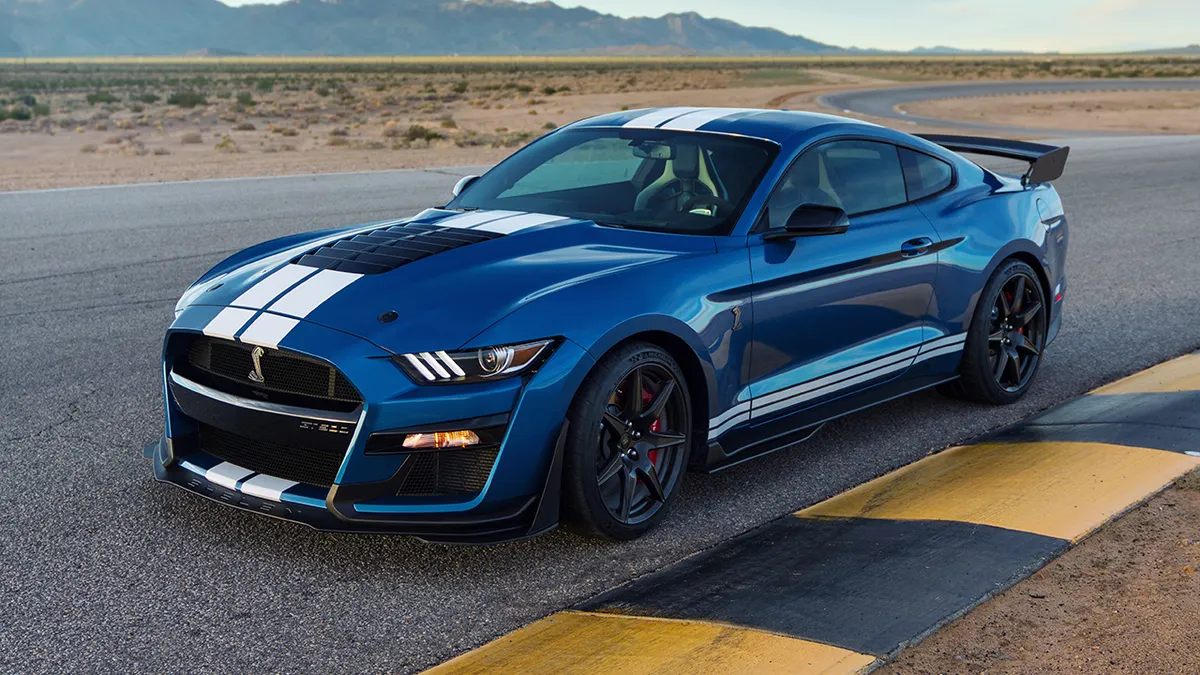
Ford Mustang GT
The Ford Mustang GT stands as a symbol of American muscle, and it continues to be a top contender against imported sports cars. With a V8 engine producing over 450 horsepower, the Mustang GT offers an unmatched combination of power and style.
While some European imports such as the BMW M4 or Audi S5 offer sporty performance, the Mustang GT delivers a raw, visceral driving experience that’s been ingrained in American car culture for decades.
The large engine and aggressive exhaust note are enough to put a smile on any performance enthusiast’s face, something many imports fail to replicate with their more refined powertrains.
Furthermore, the Mustang GT is a significant value proposition. American automakers are known for offering high-performance vehicles at a more competitive price point, and the Mustang GT is no exception.
When compared to imports like the BMW M4, which can easily reach double the price of a well-equipped Mustang GT, the American muscle car offers an incredible bang for the buck.
The Ford’s affordability combined with its high horsepower, outstanding driving dynamics, and iconic design make it a formidable rival in the sports car world.
The Mustang’s track record of success on both the street and the race track also deserves mention. Whether it’s the S550 platform’s dominance in racing series or the success of the Ford Mustang GT350 in various competitions, the Mustang has proven time and again that it is more than capable of holding its ground against foreign competitors.
Its performance, handling, and versatility have helped the Mustang GT carve out a legacy that few imports can match.
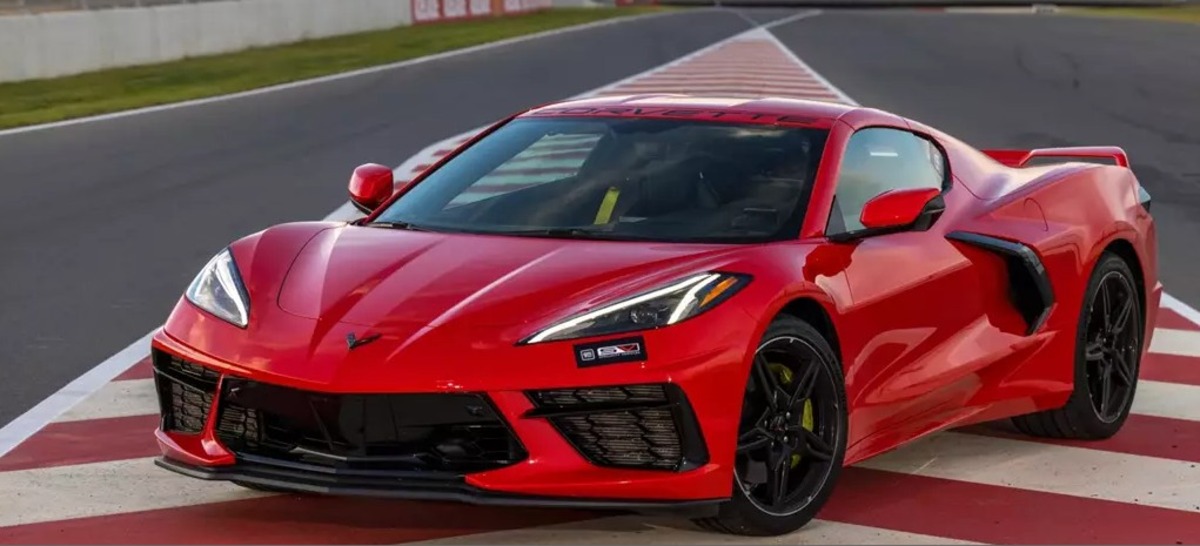
Chevrolet Corvette C8
The Chevrolet Corvette C8, particularly since its transition to a mid-engine layout, has fundamentally altered perceptions of American sports cars.
For years, the Corvette was seen as a great value proposition, but its performance was often overshadowed by more expensive imports like the Porsche 911.
With the C8, however, Chevrolet has bridged the gap and created a car that can go toe-to-toe with the world’s best. The 6.2-liter V8 engine in the C8 produces 495 horsepower and is capable of accelerating from 0 to 60 mph in just 2.9 seconds—figures that rival any high-end European supercar.
The C8’s handling is another area where it shines. The mid-engine configuration not only gives the car better balance but also enhances its cornering capabilities, ensuring that the Corvette isn’t just a straight-line performer.
European imports like the Porsche 911 Carrera or Audi R8 might still have a slight edge in terms of refinement, but the Corvette’s track-ready abilities, especially at its price point, make it a clear contender.
When compared to the $100,000-plus price tags of the aforementioned imports, the C8 Corvette’s starting price of around $60,000 is nothing short of remarkable.
One of the most impressive aspects of the C8 Corvette is its ability to offer supercar-level performance while still maintaining a level of usability and comfort that is often absent in other performance-focused cars.
Inside, the C8 is equipped with an advanced infotainment system, modern tech features, and luxurious materials, making it a viable option for daily use without sacrificing the thrill of driving.
The Corvette has finally proven that American muscle can compete, if not outperform, imports in high-performance vehicles.
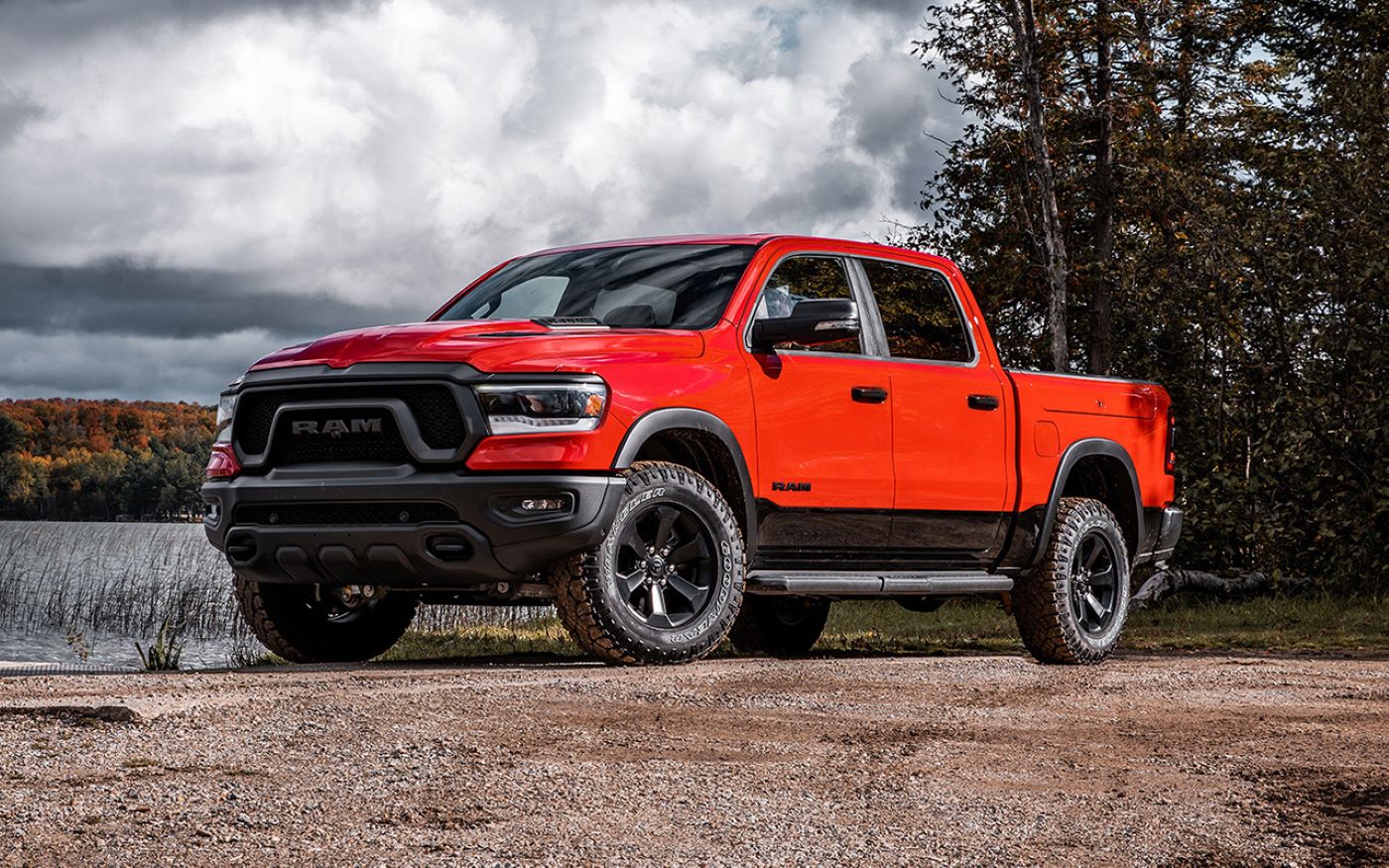
Ram 1500
The Ram 1500 is one of the best examples of how American trucks outperform their foreign rivals. This full-size pickup truck has earned a reputation for its combination of power, luxury, and comfort.
In terms of towing and payload capacity, the Ram 1500 consistently beats imports like the Toyota Tundra or Nissan Titan.
With the option of a 5.7-liter HEMI V8 engine, the Ram 1500 delivers up to 395 horsepower and 410 lb-ft of torque, which is more than enough for towing heavy loads or powering through tough terrains.
While most foreign pickups emphasize rugged utility, the Ram 1500 stands out in terms of interior quality and driving comfort. The cabin is one of the most luxurious in its class, with options for premium leather upholstery, advanced tech features, and a smooth ride quality that challenges the often bumpy, utilitarian feel of imports.
With air suspension available on certain models, the Ram 1500 offers a level of ride refinement that competitors like the Toyota Tundra and Nissan Titan simply can’t match, making it a top choice for those who need both workhorse capabilities and a high-end driving experience.
Additionally, the Ram 1500 is known for its advanced features, such as the 12-inch touchscreen infotainment system and an array of safety tech. These elements enhance the truck’s appeal, showing that American engineering is pushing the boundaries of what a full-size pickup can offer.
The Ram’s balance of performance, luxury, and technology gives it a distinct edge over imports, which often struggle to match the same level of refinement while maintaining the ruggedness expected from a truck.
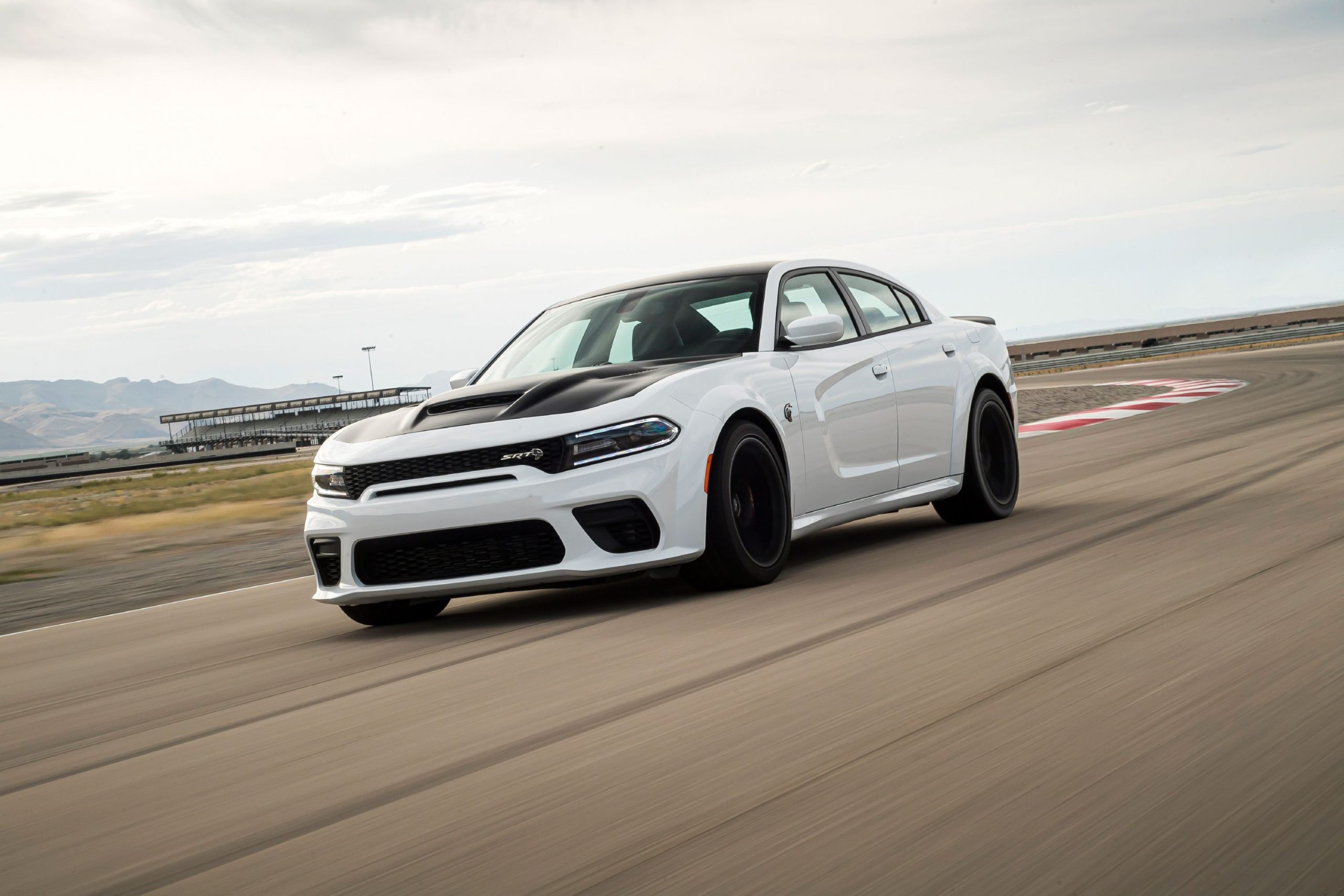
Dodge Charger SRT Hellcat
The Dodge Charger SRT Hellcat is a true performance powerhouse in the American muscle car segment. With a 6.2-liter supercharged HEMI V8 engine producing 707 horsepower and 650 lb-ft of torque, the Charger SRT Hellcat offers straight-line acceleration that leaves many imports, including the Audi RS7 and BMW M5, in the dust.
In fact, the Hellcat’s powertrain is designed to deliver extreme horsepower while maintaining excellent stability, making it an incredibly fast and controllable vehicle.
When it comes to raw power and performance, the Charger SRT Hellcat stands as one of the few cars in the world that can outperform imports in its price range. Despite its weight, the Hellcat’s acceleration figures rival those of European super sedans at a fraction of the price.
Its 0-60 mph time of just 3.6 seconds is an impressive feat for any vehicle, especially considering that the Hellcat offers four doors and a sizable trunk—making it a more practical option for families compared to high-performance sedans from Europe.
On top of that, the Charger SRT Hellcat is packed with technology designed to keep the driver in control, from adaptive suspension systems to high-performance brakes.
While some may argue that European sedans offer more refinement in terms of handling dynamics, the Charger’s unique combination of raw power, performance, and practicality makes it a contender that’s hard to ignore.
It delivers an American driving experience that continues to outshine its imported rivals, solidifying its place in the muscle car legacy.
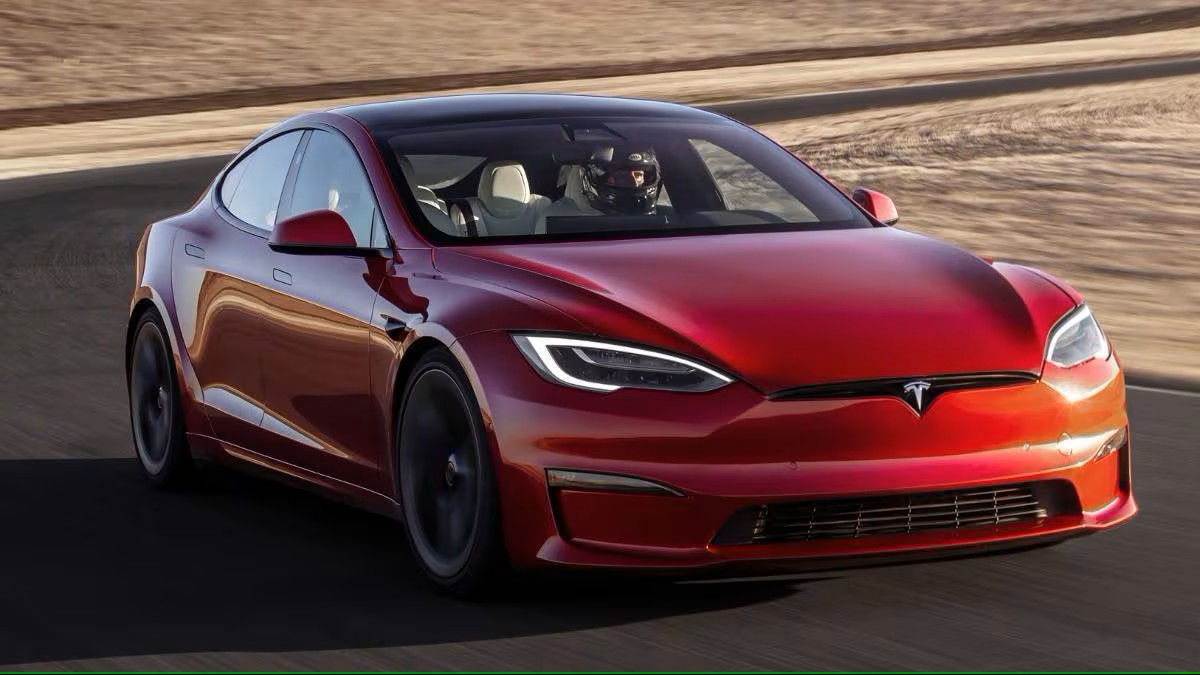
Tesla Model S Plaid
Tesla’s electric vehicles have taken the automotive world by storm, and the Model S Plaid is at the pinnacle of that innovation.
As the fastest production car on the market, the Model S Plaid accelerates from 0 to 60 mph in under 2 seconds, a feat that far surpasses what traditional gas-powered imports like the Porsche Taycan Turbo S can achieve.
Tesla’s cutting-edge electric motor technology, combined with instant torque delivery, gives the Model S Plaid an overwhelming performance advantage in terms of acceleration.
The Model S Plaid also excels in range and efficiency, outperforming imports in the electric vehicle segment. With a range of over 350 miles on a single charge, the Model S Plaid has the ability to travel longer distances than many of its imported competitors.
This makes it a more practical choice for those looking to go long distances without worrying about charging stations, an area where Tesla continues to dominate with its extensive Supercharger network.
In terms of interior technology, the Tesla Model S Plaid sets a new benchmark. The minimalist cabin features an advanced infotainment system powered by a large touchscreen, voice recognition, and over-the-air updates.
While imports like the Audi e-tron GT and the Porsche Taycan offer luxurious interiors, they can’t quite match Tesla’s ability to push the envelope when it comes to integrating technology and performance.
As electric vehicles continue to evolve, the Model S Plaid remains a benchmark, surpassing most imported EVs on the market today.
5 American Cars That Don’t Compare to Imports
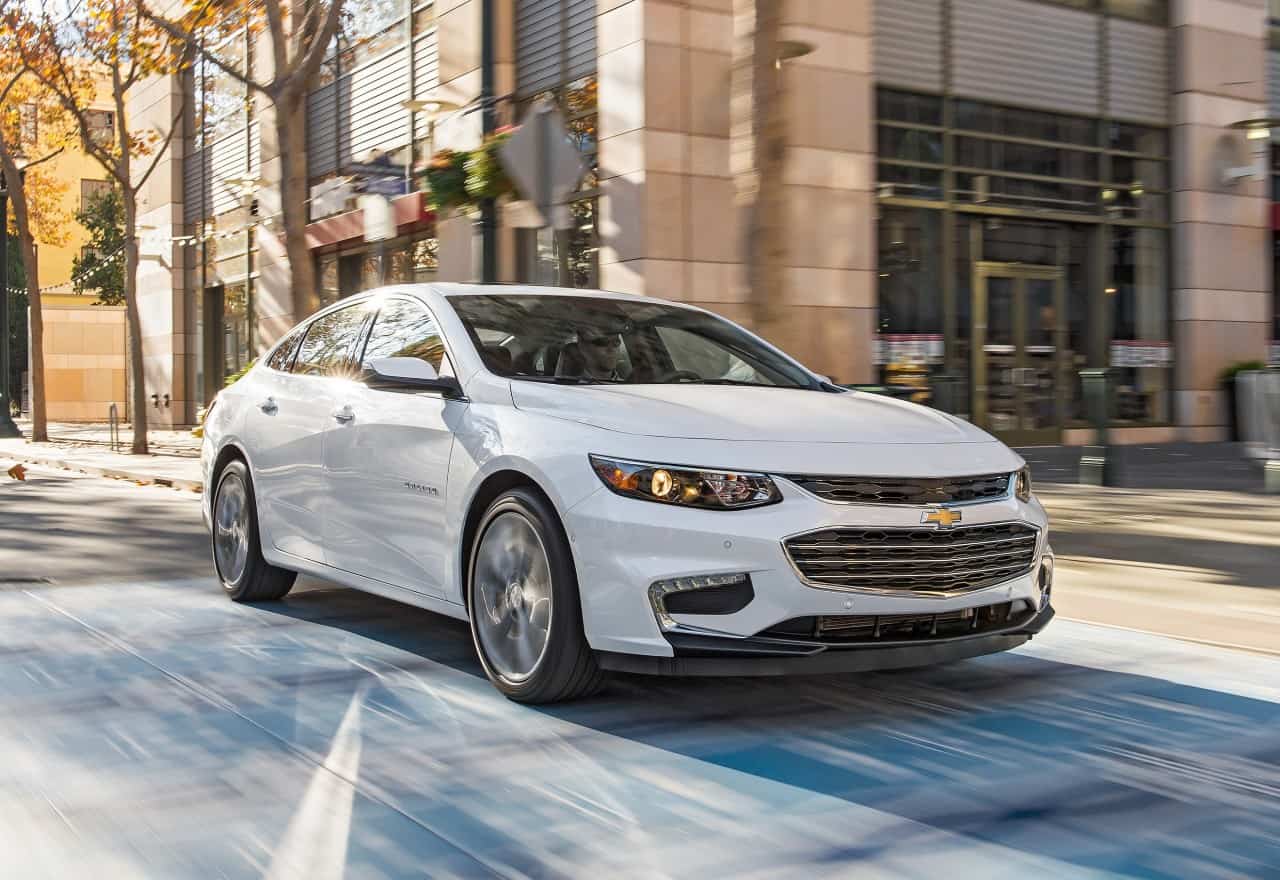
Chevrolet Malibu
The Chevrolet Malibu, while a reliable and affordable sedan, falls short when compared to its imported counterparts such as the Honda Accord and Toyota Camry. The Malibu’s performance, ride quality, and interior quality all trail behind those of the leading Japanese sedans.
The standard engine options in the Malibu are not as refined, and the turbocharged variants lack the punch of the more powerful engines found in competitors.
In terms of driving dynamics, the Malibu struggles to keep up with the smooth and precise handling of the Accord, which has long been praised for its agile nature.
Moreover, when it comes to interior design and comfort, the Malibu feels dated. While Chevrolet has made strides in improving its tech offerings, the Malibu’s interior lacks the same level of refinement and quality materials found in the Toyota Camry or Honda Accord.
The cabin design can feel a bit sterile and lacks the upscale touches that drivers of mid-size sedans expect. Japanese imports have raised the bar for interior quality, and the Malibu simply doesn’t measure up.
In addition, the Malibu’s resale value and reputation for reliability don’t quite match those of its imported competitors.
While the Malibu offers great value, it doesn’t possess the long-lasting durability and resale potential of the Honda Accord or Toyota Camry, which are known to be incredibly reliable and maintain strong resale values.
In an era when many consumers are focused on long-term dependability and residual value, the Malibu finds itself at a disadvantage compared to the imports that dominate this segment.
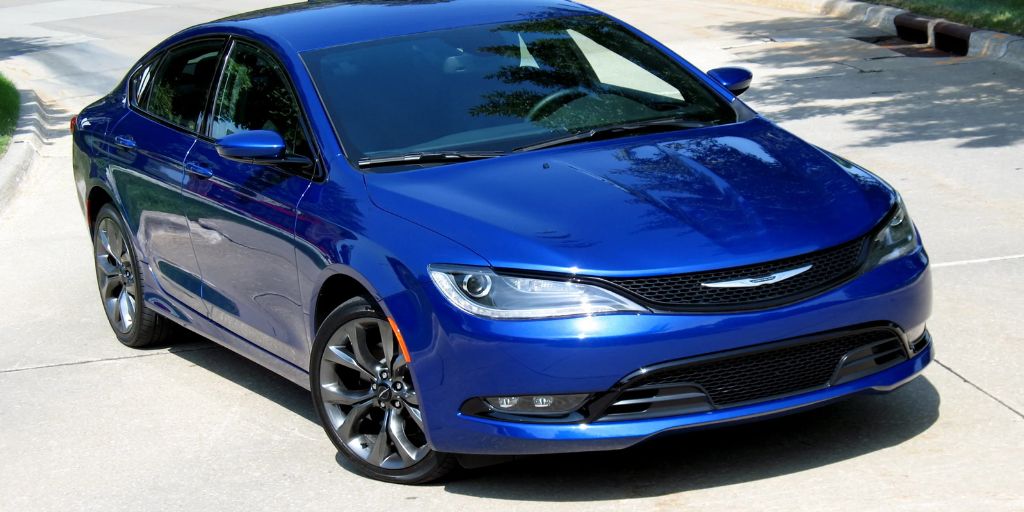
Chrysler 200
The Chrysler 200 was a midsize sedan that simply couldn’t compete with the established Japanese imports in its class. Despite offering a sleek design and decent interior features, the 200 fell short in terms of performance and quality compared to competitors like the Honda Accord and Toyota Camry.
The 200’s engine options were underwhelming, and it lacked the power and efficiency that these imports delivered consistently.
Furthermore, its driving dynamics were considered lackluster, with some reviewers pointing out that it didn’t offer the same level of handling or precision as its foreign rivals.
The interior of the Chrysler 200 also left much to be desired. While the materials used were decent, they didn’t match the high-quality, durable finishes found in the Honda Accord or Toyota Camry.
The infotainment system, while functional, felt outdated in comparison to the tech-savvy interiors of the Japanese sedans. The lack of a hybrid or fuel-efficient option also made it less attractive to those looking for better fuel economy, a feature that many imports offered.
Finally, the Chrysler 200 struggled with reliability and resale value. Chrysler’s reputation for long-term durability wasn’t as strong as that of its Japanese competitors, which impacted the car’s appeal in the market.
As a result, the Chrysler 200 was discontinued, while its import rivals continued to dominate the midsize sedan market with vehicles that offered superior value, performance, and longevity.
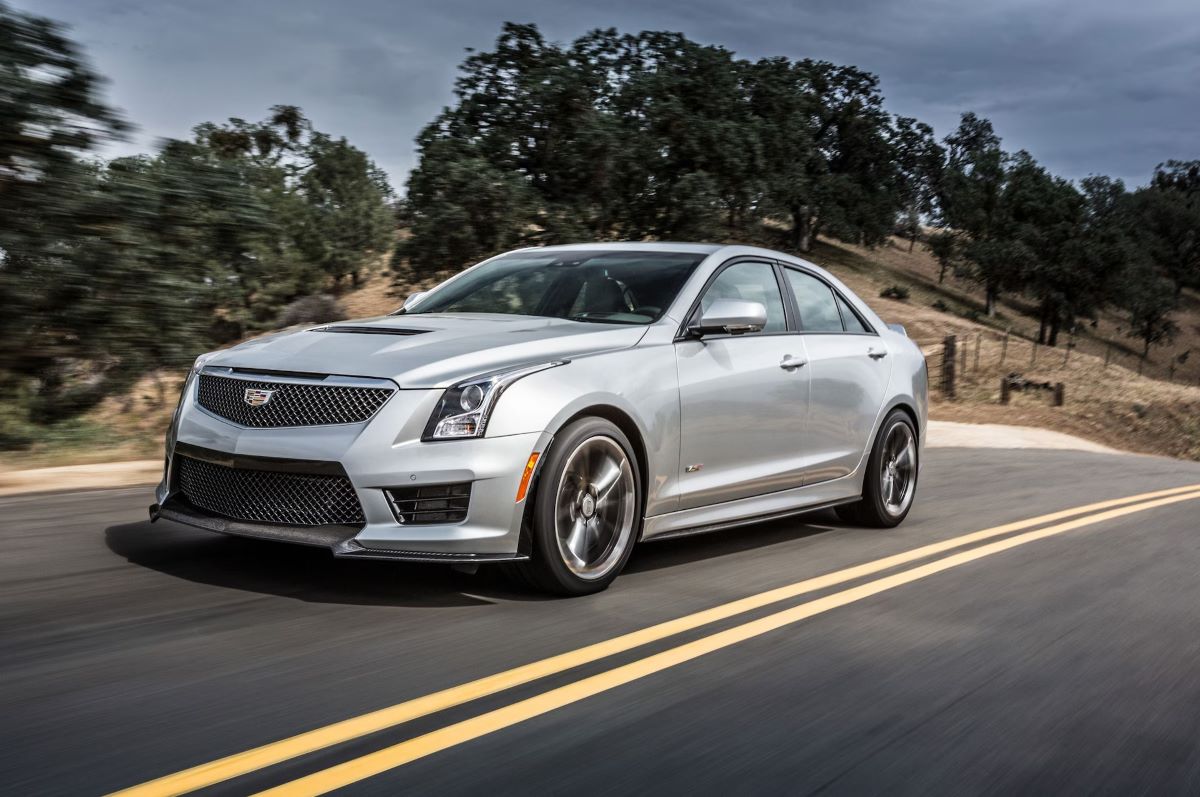
Cadillac ATS
The Cadillac ATS was once positioned as a competitor to European luxury sedans like the BMW 3 Series and Audi A4, but it never quite matched the performance, refinement, or driving experience of its imported rivals.
While the ATS offered a powerful engine lineup and a sleek exterior design, it fell short in terms of interior luxury and ride quality. The cabin, while well-appointed, couldn’t match the high-end materials and impeccable attention to detail that European sedans are known for.
Driving the ATS was often described as a mixed experience. While it was certainly a capable performer, it lacked the precision handling and agility that made the BMW 3 Series and Audi A4 so revered.
The suspension was firm, and although some enthusiasts appreciated the sporty ride, others felt that it sacrificed comfort for performance. In contrast, the German imports were able to balance driving pleasure with everyday comfort more effectively.
Furthermore, the ATS struggled with reliability and depreciation. While the Cadillac offered a compelling alternative to the established German luxury brands, it wasn’t as well regarded in terms of long-term durability or resale value.
Buyers who opted for the ATS often found that their investment didn’t hold up as well over time compared to the BMW 3 Series or Audi A4, both of which maintained strong reputations for longevity and retained value much better than their American counterpart.
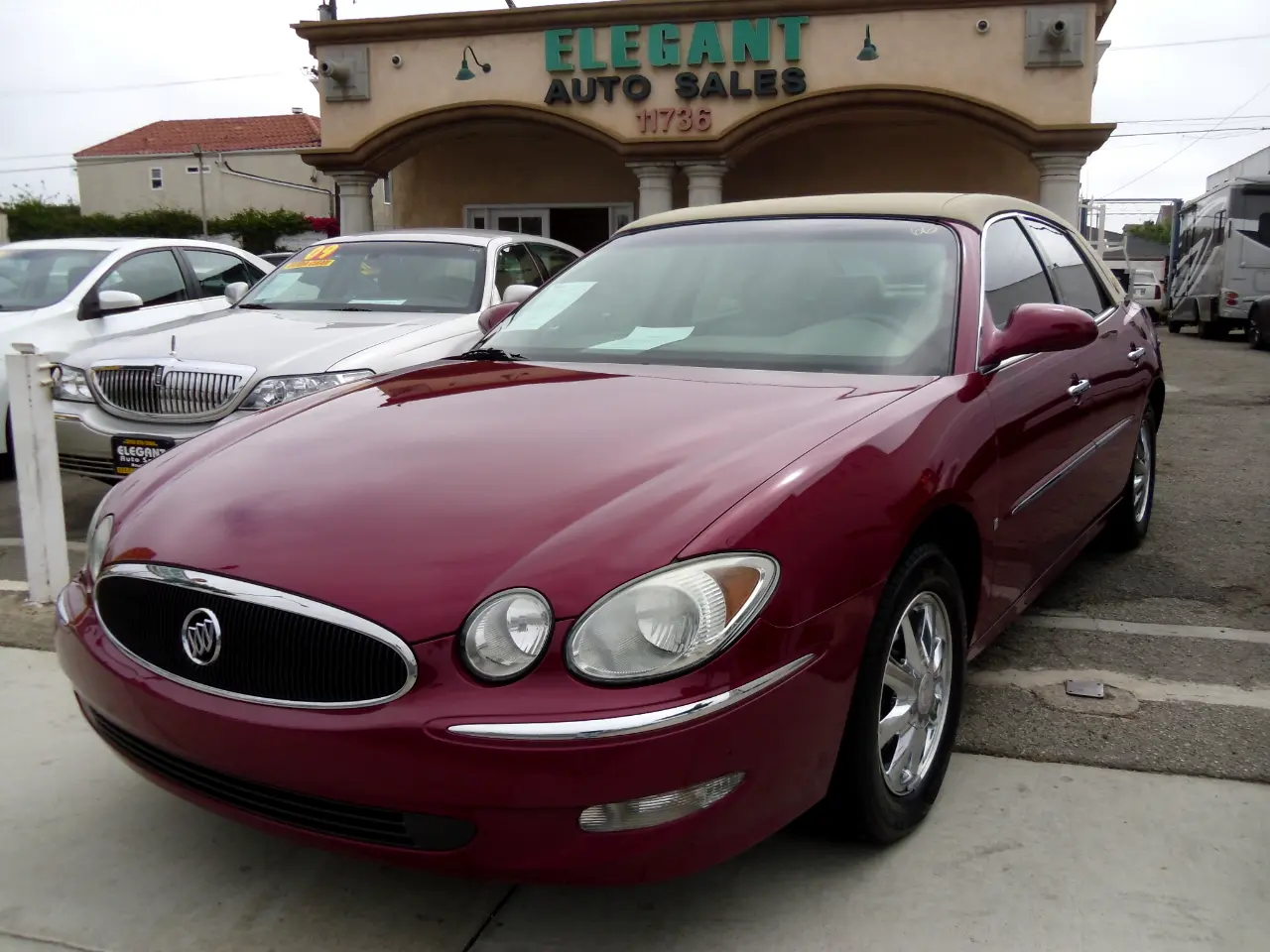
Buick LaCrosse
The Buick LaCrosse was intended to be a luxury sedan that could compete with imports like the Toyota Avalon or Lexus ES, but it never quite captured the same level of luxury, refinement, or driving experience.
While the LaCrosse did offer a smooth ride and a relatively quiet cabin, its interior design was not as sophisticated or luxurious as those found in its Japanese rivals.
The build quality and choice of materials, though adequate, didn’t convey the same sense of elegance that customers expected from a premium sedan.
Additionally, the LaCrosse’s engine options and performance were simply not on par with those of its competitors. While it offered a V6 engine, it didn’t have the same power, smoothness, or efficiency that the Toyota Avalon or Lexus ES provided.
The handling was also far less engaging, with some reviewers noting that it lacked the sharpness and responsiveness of imported sedans in the same class.
Lastly, while the LaCrosse did offer a reasonable price point, its value proposition didn’t match up to that of the imports. The Toyota Avalon and Lexus ES offered superior reliability, better resale value, and a more refined experience.
The LaCrosse simply couldn’t compete with these well-established foreign nameplates, which made it less desirable for luxury sedan buyers looking for long-term quality and durability.
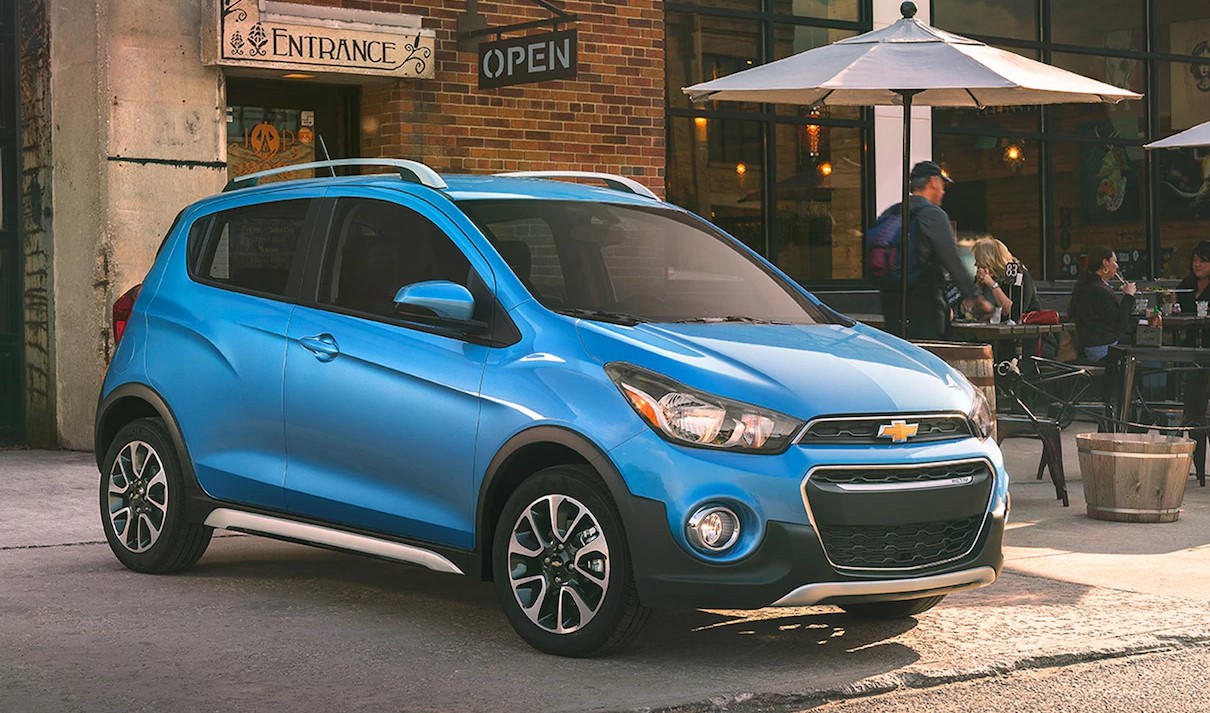
Chevrolet Spark
The Chevrolet Spark, as a budget-friendly subcompact car, struggled to compete against imports like the Honda Fit and Toyota Yaris. While the Spark offered a low entry price, it lacked the driving dynamics and interior quality that buyers have come to expect from well-regarded subcompacts.
The Spark’s engine is underpowered, and its driving experience often feels uninspired, especially when compared to the lively, agile handling of the Toyota Yaris and Honda Fit.
Furthermore, the Spark’s interior feels cramped and lacks the thoughtful design found in its Japanese competitors. The materials used in the cabin are basic, and the layout is often considered less user-friendly compared to the intuitive and modern designs in the Fit and Yaris.
Also Read: 5 Cars That Can Be DIY Maintained and 5 That Need Dealers Only
In addition, the Spark doesn’t come close to matching the reliability of its Japanese rivals, which are known for being some of the most dependable cars on the market.
The Chevrolet Spark also struggles with resale value and long-term durability. While it may seem like a budget-friendly option upfront, it often loses value quickly, whereas models like the Honda Fit and Toyota Yaris tend to hold their value better.
As a result, many buyers find that opting for an import gives them more peace of mind in terms of longevity and resale, making the Spark a less attractive choice in the subcompact market.

